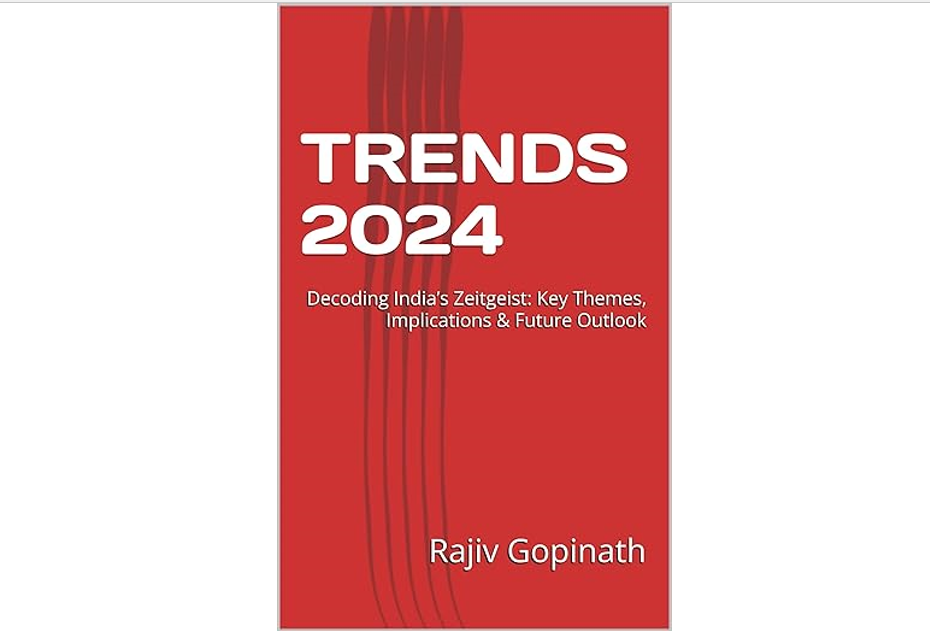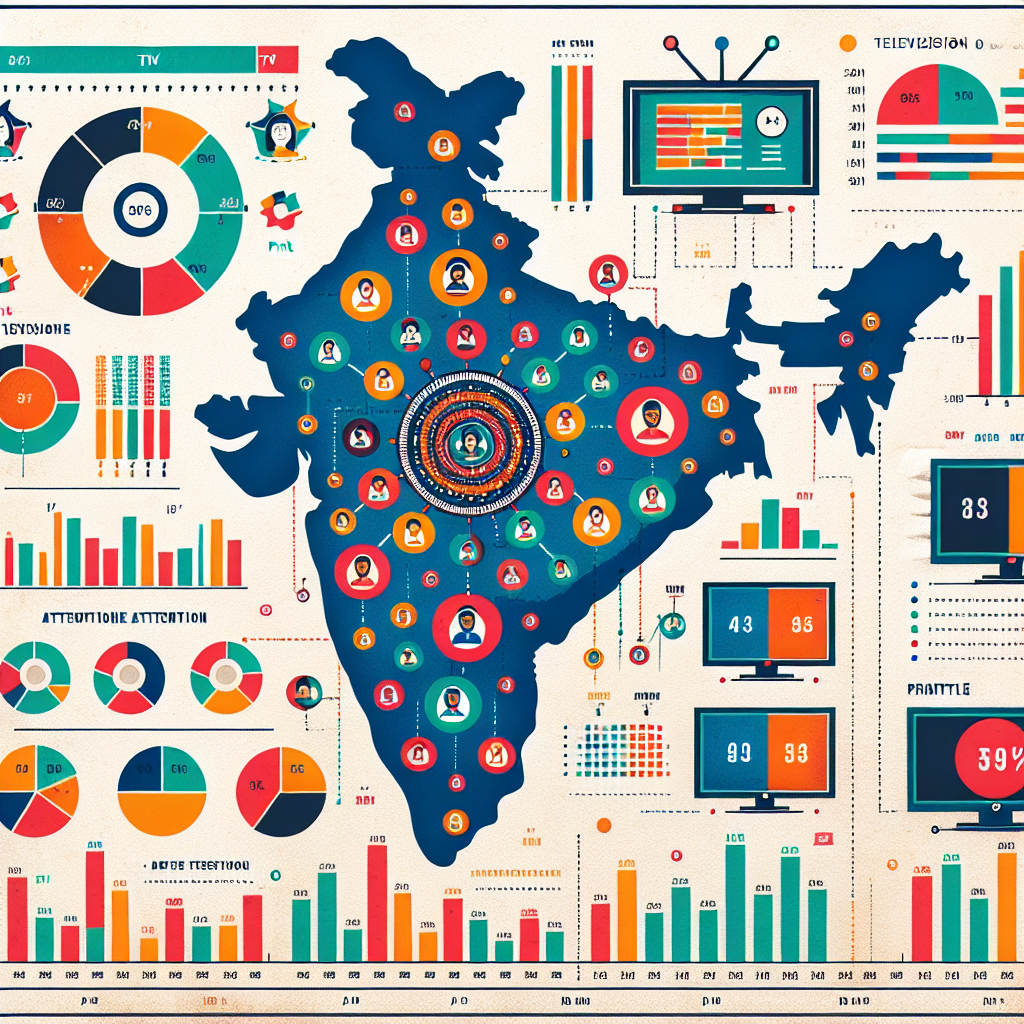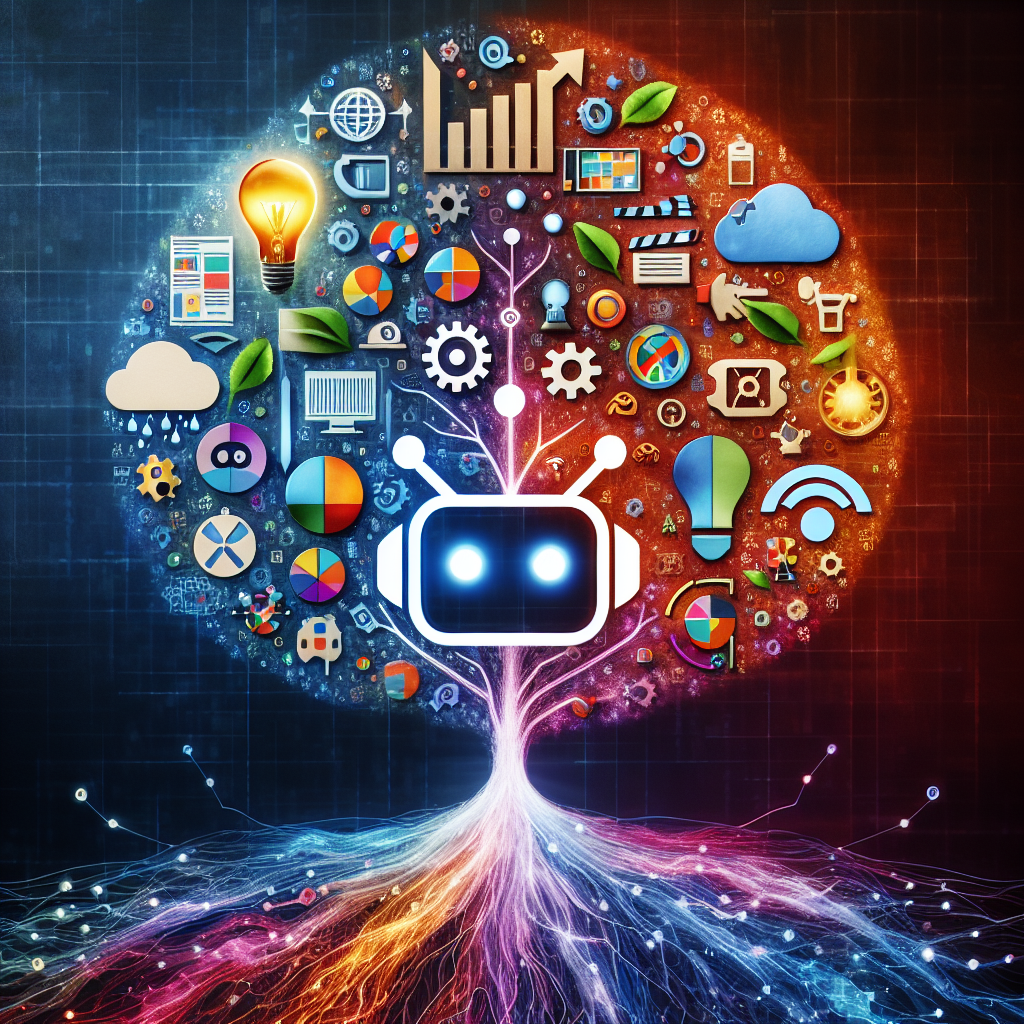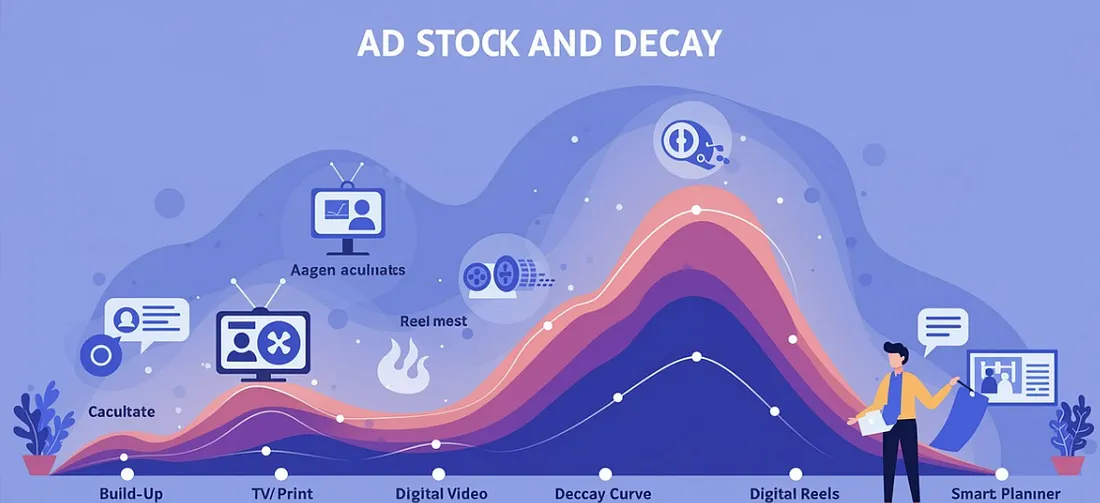How the 'Attention Recession' Is Changing Marketing
Introduction: The Battle for Consumer Attention
In today's hyperconnected world, we face a paradox: despite unprecedented digital connectivity, marketers struggle with what researchers have termed the "attention recession." As Herbert Simon presciently noted decades ago, "a wealth of information creates a poverty of attention." The modern consumer is bombarded with an estimated 4,000-10,000 brand messages daily according to research from the American Marketing Association, yet their capacity for attention remains stubbornly finite. This cognitive overload has fundamentally altered how consumers filter, process, and respond to marketing communications.
The attention recession represents a structural shift in the marketing landscape, driven by content proliferation, platform fragmentation, and evolving consumer behavior. Companies now compete not just with direct competitors but with every entity vying for a share of the consumer's mental bandwidth. Research from Microsoft indicates that the average human attention span has decreased from 12 seconds in 2000 to just 8 seconds today—shorter than that of a goldfish. This attention scarcity demands a profound reimagining of marketing strategies, content creation, and customer engagement approaches.
The Neuroscience of Diminished Attention
The attention recession is not merely anecdotal but grounded in neuroscience. Studies from Stanford University reveal that heavy multitaskers—a growing segment of consumers—demonstrate reduced ability to filter irrelevant stimuli and switch between tasks efficiently. This cognitive fragmentation has created what attention economist Matthew Crawford calls "a crisis of attention," with significant implications for brands:
- Selective Perception: Consumers increasingly filter out marketing messages that don't immediately signal relevance or value.
- Decision Fatigue: The cognitive load of constant choice leads to decision avoidance or simplified decision heuristics.
- Attention Elasticity: Attention allocation varies dramatically by context, device, and emotional state.
Example: TikTok's dramatic rise illustrates these principles in action. The platform's algorithm rapidly learns user preferences, delivering highly personalized content in brief, engaging formats. According to Kantar research, TikTok users demonstrate 15% higher engagement rates compared to other platforms, highlighting how tailored micro-content can overcome attention barriers.
From Interruption to Integration: Evolving Marketing Models
The traditional interruptive advertising model is becoming increasingly ineffective in the attention recession era. Nielsen data shows that 65% of consumers skip online video ads when given the option, while ad blocking technology usage continues to grow at double-digit rates annually.
In response, forward-thinking brands are pivoting toward integrated approaches:
- Native Value Creation: Embedding marketing within genuinely valuable content experiences.
- Ambient Marketing: Creating brand touchpoints that require minimal active attention yet build cumulative mental availability.
- Contextual Relevance: Delivering messages precisely when consumers are most receptive based on behavioral and situational cues.
Example: Mastercard's "Priceless" campaign evolved from traditional advertising to creating "priceless experiences" that integrate seamlessly into consumers' lives. By shifting from interruption to facilitation, Mastercard achieved a 53% increase in brand consideration among millennials despite the attention challenges.
Micro-Moments and the Fragmentation of Consumer Journeys
The attention recession has fragmented the traditional linear consumer journey into what Google terms "micro-moments"—brief instances when consumers turn to devices to know, go, do, or buy. These moments represent critical attention windows where brands can connect meaningfully:
- Intent-Rich Moments: Focusing on high-value touchpoints where purchase intent peaks.
- Sequential Storytelling: Building narratives across multiple brief encounters rather than demanding sustained attention.
- Cross-Device Continuity: Maintaining engagement as consumers switch between devices up to 27 times per hour according to Facebook IQ research.
Example: Sephora's mobile strategy exemplifies this approach, connecting online browsing with in-store experiences through their app. Product scanning, virtual try-ons, and personalized recommendations create value in micro-moments, resulting in 87% higher conversion among their app users compared to non-app customers.
AI-Driven Personalization: The Countermeasure to Attention Scarcity
As attention becomes scarcer, its value increases. Personalization powered by AI helps brands maximize the impact of limited attention windows:
- Predictive Engagement: Using AI to identify optimal timing and context for engagement.
- Dynamic Content Generation: Creating variations that resonate with specific user segments.
- Attention Analytics: Measuring not just impressions but actual attention quality and duration.
Professor Anindya Ghose from NYU Stern School of Business notes that AI-driven personalization can increase customer engagement by 20-30% and conversion rates by 15-20%, effectively combating the attention recession through relevance.
Example: Spotify's Discover Weekly uses machine learning to curate personalized playlists that captivate users' attention. This has resulted in over 2.3 billion hours of discovered music streamed within the first year of launch, demonstrating how AI personalization can cut through attention barriers.
The Rise of Immersive Technologies in Capturing Deep Attention
While brief attention spans characterize much of digital behavior, immersive technologies like AR, VR, and interactive experiences can create what psychologist Mihaly Csikszentmihalyi calls "flow states"—periods of deep, focused attention:
- Multisensory Engagement: Creating richer, more memorable brand experiences.
- Interactive Participation: Transforming passive consumers into active participants.
- Episodic Involvement: Building anticipation for sequential brand interactions.
Recent research from Deloitte indicates that AR experiences drive 94% higher conversion rates compared to traditional product pages, highlighting the attention-capturing power of immersive technologies.
Example: IKEA's AR app allows customers to visualize furniture in their homes before purchasing. This immersive approach has reduced return rates by 33% while increasing purchase confidence—demonstrating how capturing deeper attention can improve business outcomes despite the broader attention recession.
Conclusion: Navigating the New Attention Economy
The attention recession represents not just a challenge but an opportunity for marketers to evolve beyond outdated volume-based approaches. In this new paradigm, attention quality trumps quantity, and value creation supersedes interruption. Brands that understand the neuroscience of attention, create seamlessly integrated experiences, capitalize on micro-moments, leverage AI for personalization, and employ immersive technologies will thrive despite—and perhaps because of—the constraints of the attention economy.
As attention continues to become more scarce and valuable, marketing success will increasingly be defined not by how effectively brands can shout, but by how meaningfully they can connect in the brief windows when consumers are truly listening.
Call to Action
For marketing leaders navigating the attention recession, three priorities stand out:
- Conduct an "attention audit" of your marketing mix, identifying where you're gaining and losing valuable consumer attention.
- Invest in technologies and strategies that amplify the impact of limited attention windows through personalization and contextual relevance.
- Shift organizational metrics from exposure-based to attention-based KPIs that reflect the true value of meaningful consumer engagement.
The organizations that recognize attention as their scarcest resource—and optimize their strategies accordingly—will establish sustainable competitive advantage in the evolving digital landscape.
Featured Blogs

TRENDS 2024: Decoding India’s Zeitgeist: Key Themes, Implications & Future Outlook

How to better quantify attention in TV and Print in India

AI in media agencies: Transforming data into actionable insights for strategic growth

How the Attention Recession Is Changing Marketing

The New Luxury Why Consumers Now Value Scarcity Over Status

The Psychology Behind Buy Now Pay later

The Rise of Dark Social and Its Impact on Marketing Measurement

The Role of Dark Patterns in Digital Marketing and Ethical Concerns

The Future of Retail Media Networks and What Marketers Should Know
Recent Blogs

Ad Stock & Decay: The Invisible Hand Guiding Media Schedules

The Big Mac Illusion:What a Burger Tells Us About Global Economics

When Search Starts Thinking How AI Is Rewriting the Discovery Journey

CEP Tracker The Modern Brand Health Metric

Cracking Growth: How to Leverage Category Entry Points (CEPs) for Brand Advantage

